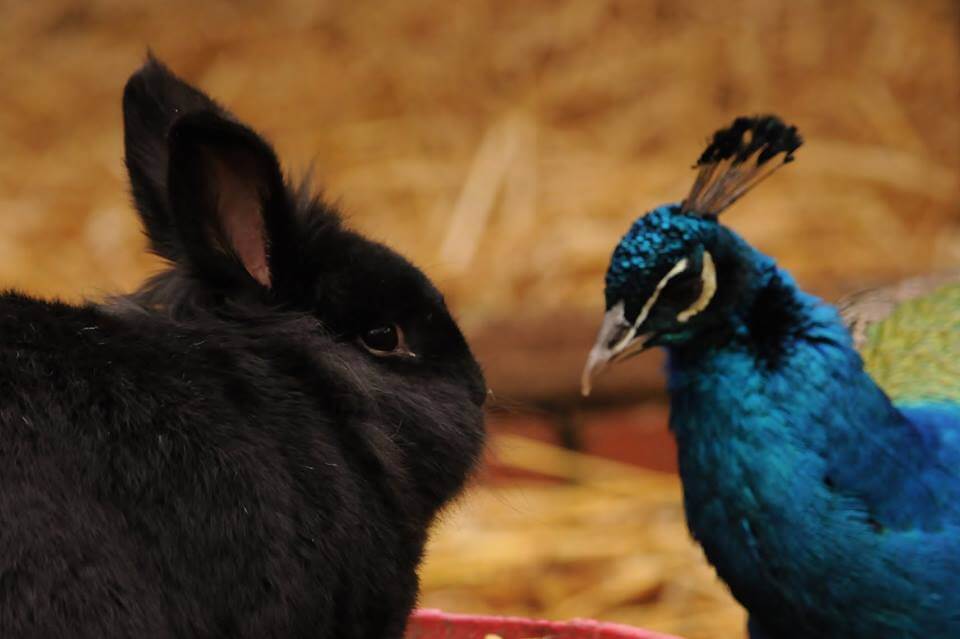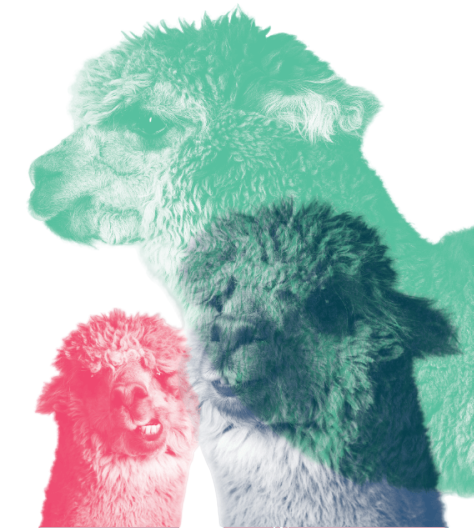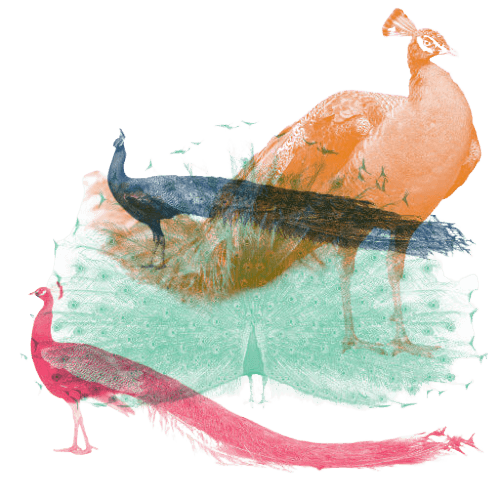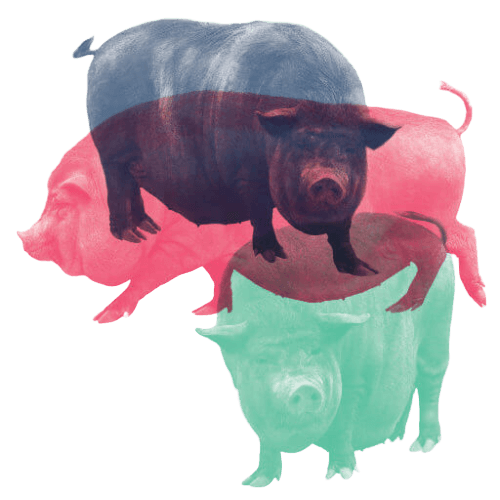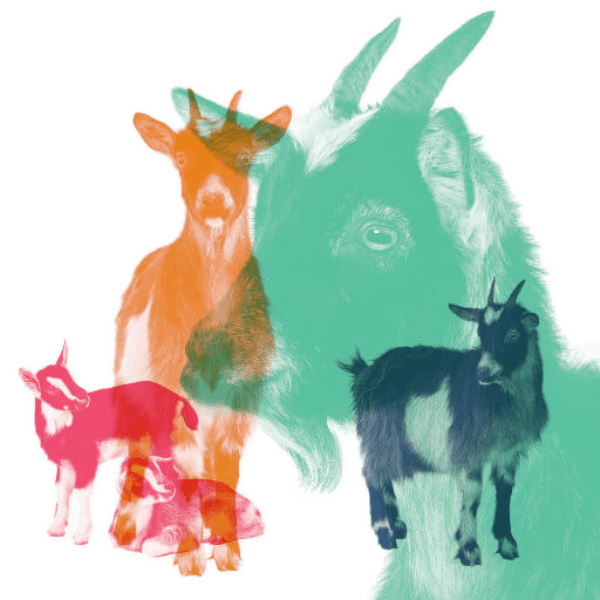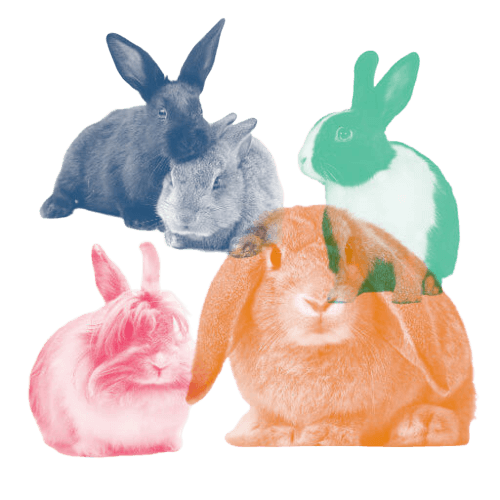The Children’s Zoo at Walton Hall and Gardens started life in the early 1960s as a set of six aviaries. We’re incredibly proud that after all these years, we’re still here!
Our zoo is free to enter, and we have an array of animals ready to give you a warm welcome. There are our three alpaca musketeers Jim, Mally and Topaz and Lenny and Charlie our jovial rescue donkeys. We’re also home to rabbits, potbellied pigs, Herdwick sheep, African pygmy goats, guinea pigs and a colourful, eclectic mix of birds. Including our notoriously, noisy peacocks.
You’re also likely to catch a glimpse of our native Red Squirrels playing inside purpose-built runs and cages. Our little Children’s Zoo plays a big role as part of a nationwide breeding programme for our native reds, and we’re proud to provide them with a home.
Open in all weathers come rain or shine (and the occasional snow), our friendly animals are always happy to welcome you to our Children’s Zoo.
We do love all animals, but some of ours are easily frightened so we ask you not to bring your dogs into the zoo.
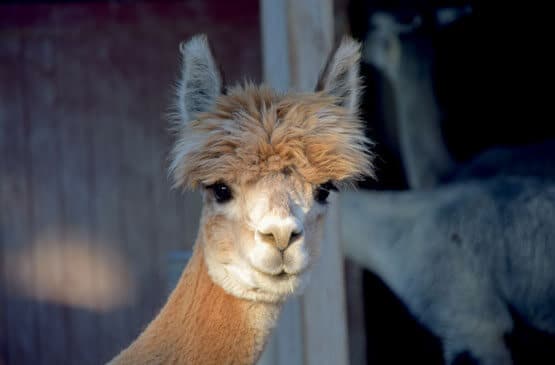
Animal Adoption
We invest your adoption money into ‘luxury’ items for the Children’s Zoo – particularly things we wouldn’t usually be able to afford. Your kind donations have provided shelter for the alpacas, Herdwick sheep and ornamental waterfowl. We’ve also purchased squirrel sheds, an incubator, rugs and a harness for the donkeys, as well as a set of ornamental entrance gates. The lovebird aviary, feeding troughs and veterinary scales are all further proof of your outstanding generosity. Our animals salute you.

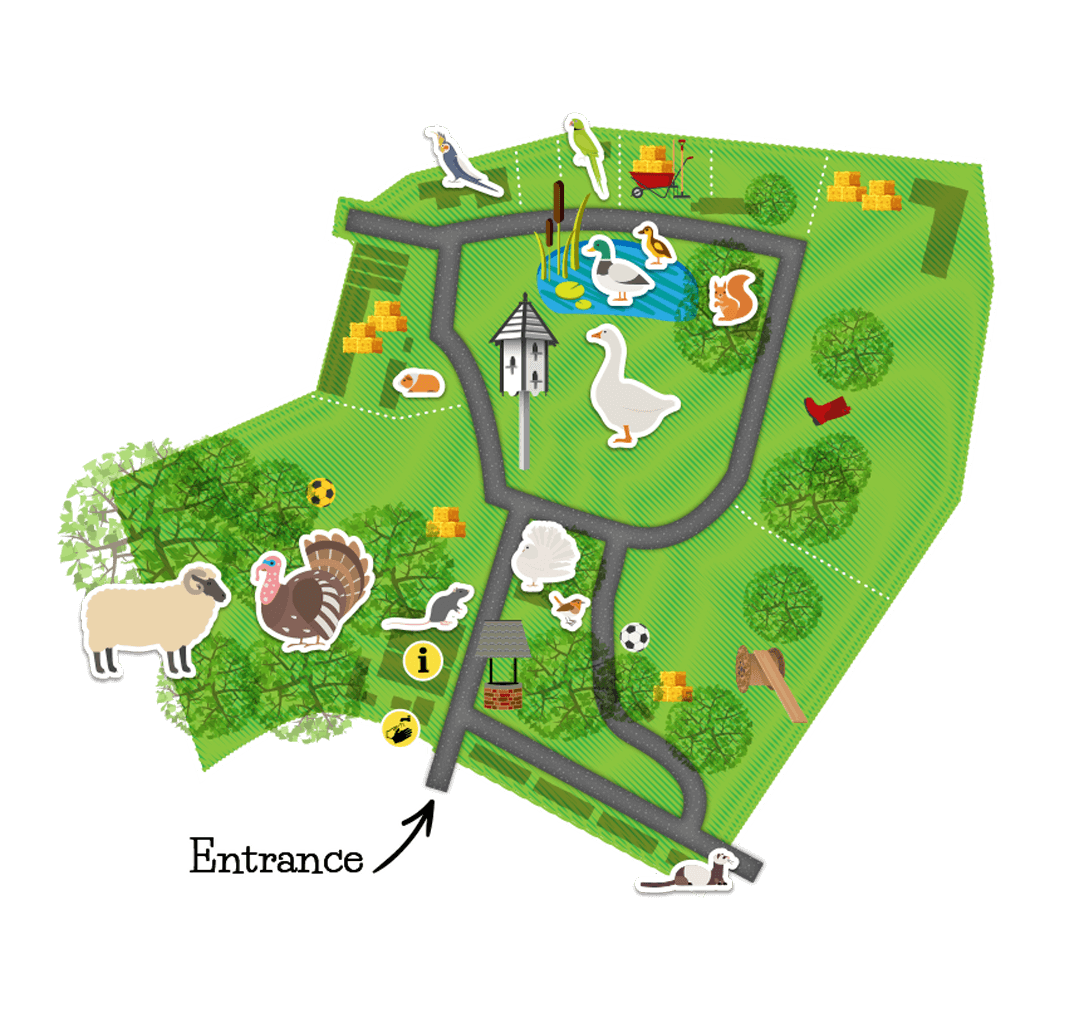
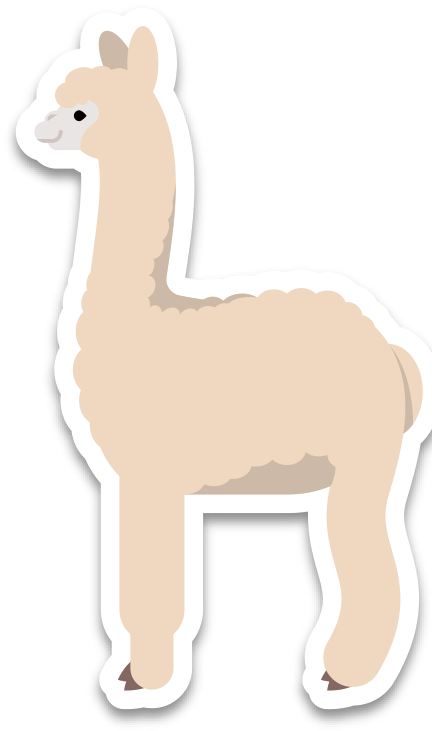
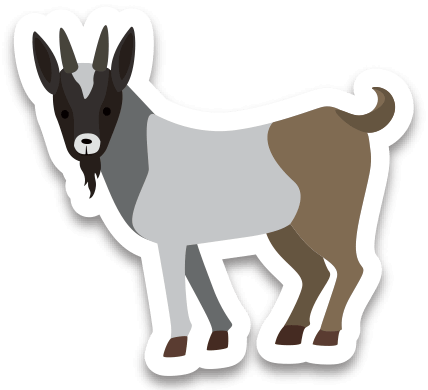

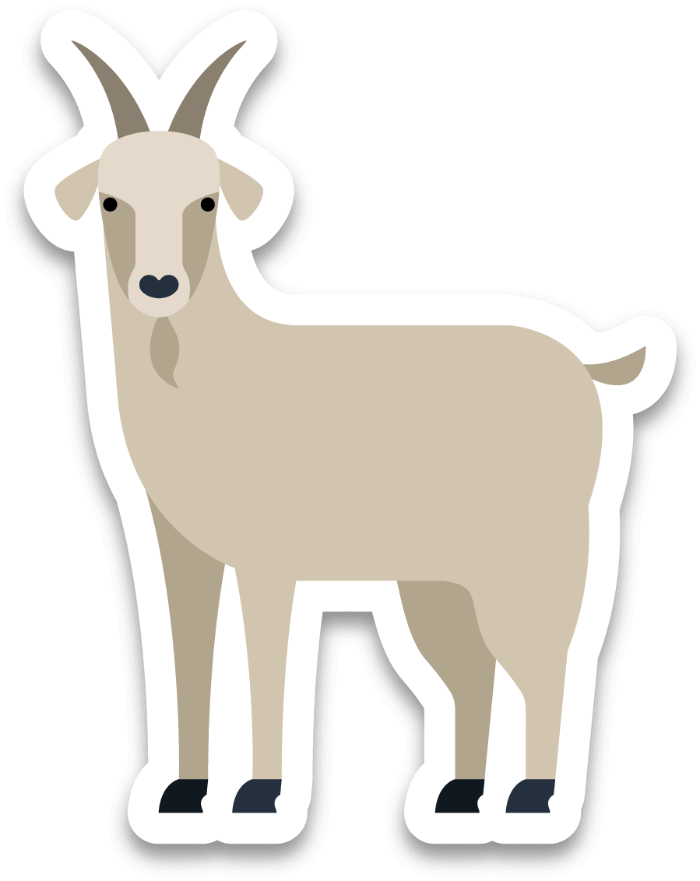

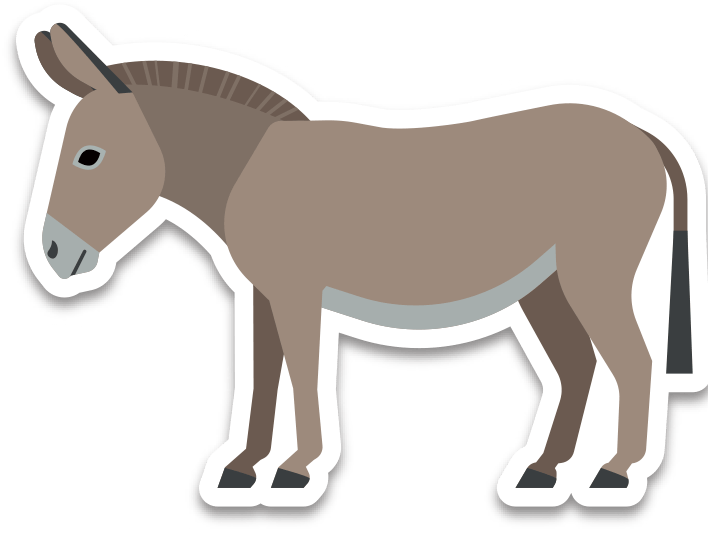
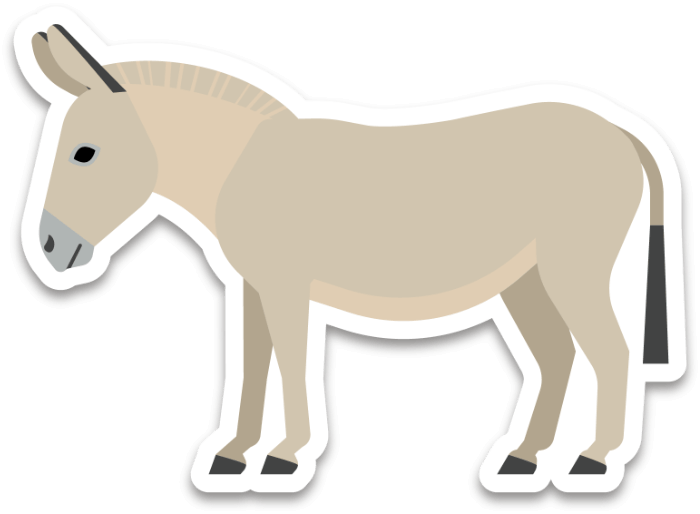
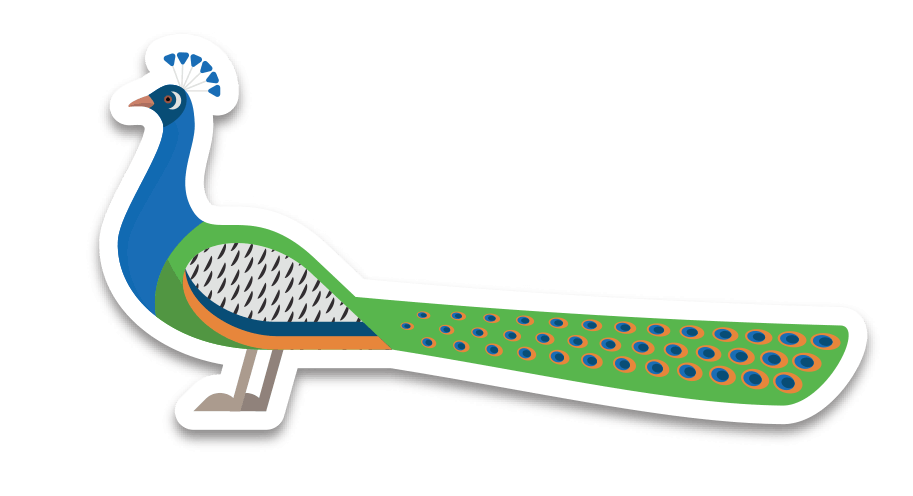






Alpaca!
Alpacas have quite a colourful history. Treasured by the Inca, these ancient animals can still be found, living 4,000 metres above sea level in the South American Andes. The Incas highly valued alpaca for their beautiful fleeces, which were reserved for Inca royalty. Archaeological finds have proved just how essential alpacas were to the Incas, with alpaca remains found buried in the floors of houses, presumably as offerings to the Gods!
Alpacas have been in Europe since the 19th century, mostly in zoos. However, Queen Victoria and Prince Albert owned two – one black and one white!
At the Children's Zoo, our three alpacas came to us in October 2015. As these are the first alpaca we've cared for at our zoo, we're enjoying finding out about these fantastic creatures.
Don't be fooled by their appearance though! Alpacas aren't very cuddly animals and have quite high opinions of themselves. They'll let you stroke them but only on their terms! Over the last few years, we've taken our alpaca for walks around the park which they enjoy. They're curious animals and like to stroll around munching on different grasses and plants.
Don't forget to look out for our regular alpaca walks...
 Adopt me!
Adopt me!
African Pygmy Goats!
Most domesticated goats originate from Asia, thought the African pygmy goat could be traced back as far as 9000-years to its African roots.
Sometimes called the West African goat or the Nigerian Dwarf, African villagers domesticated African pygmy goats for their milk.
African pygmy goats spread to other parts of the world after being used to feed and produce milk for whalers and other traders.
However, that's not the reason we keep them! We keep them because they're incredibly friendly and rub along with each other very well. They've been a firm favourite at the Children's Zoo for years.
 Adopt me!
Adopt me!
Donkeys!
After dogs and cats, donkeys were among the first animals to be domesticated. Related to horses and ponies, donkeys look different because of their 6000-year history. Whereas horses and ponies lived on rich grasslands such as prairies, donkeys lived on marginal desert land. They became experts at surviving on very little. Since food is scarce in desert environments, so donkeys had to spread out, as they spread, communication became more important. And so they developed extraordinarily loud brays, which can be heard up to two miles away. Similarly, they developed larger ears so they could hear their distant donkey neighbour!
Donkeys were first tamed in the Nile valley over 4000-years ago. They were introduced to Europe around 2000 BC by the Roman legions who used them as pack animals and to pull supply wagons.
The donkeys at our zoo are called Lenny and Charlie and arrived from the Donkey Sanctuary in June 2011. Lenny and Charlie love to play chase and will run around the field trying to bite each other, it often looks very rough, but this is how donkeys behave. They are wild asses, after all!
 Adopt me!
Adopt me!
Peacocks!
The peacock's history is as colourful as the male peacocks tail feathers. Although the peacock is the national bird of India, Phoenician traders from ancient Syria in the time of King Solomon introduced the birds to present-day Syria and Egypt. As this was over 3000-years ago, you could say peacocks are living history!
Members of the pheasant family, the distinctive and colourful bird we know and love is the male, easily recognisable by its distinctive bright feathers and impressive tail display. Females are called peahens and are a little drab in comparison, she's mostly brown with a white stomach, although she also has some green neck feathers and a crest on her head.
We've been keeping peacocks at the children's zoo since 1978, beginning with two males and two females that came from a private collection in Stockton Heath. All of our peafowls are direct descendants from these original birds!
Some years ago, we had to remove picnic benches that were situated just outside the zoo entrance because the peacocks would terrorise families and rob their food. They're greedy birds so watch out and put those crisps away while you're walking around the Children's Zoo… Just kidding!
 Adopt me!
Adopt me!
Potbellied Pigs!
Potbellied pigs originate in the jungles of Vietnam and China. In the wild, potbellied pigs blend into the dark undergrowth of the forest, helping them to hide from predators. However, because it's so dark, they have very poor eyesight. For some pigs, the skin on their face can become saggy, hanging down over their eyes, rendering them practically blind.
Despite their poor eyesight, they have a keen sense of smell. With head down, you'll often see them rooting through the ground in search of juicy insects and roots. Take a quick peek at their paddocks inside the Children's Zoo to see just how destructive this habit can be!
Their super sense of smell also alerts them to danger in the wild, which may not be so crucial in Warrington. Still, you can imagine how important it would be back in the jungles of China and Vietnam!
At the Children's Zoo, we currently have two pigs, Peppa and Missy. Come and say hello soon, they're a friendly couple!
 Adopt me!
Adopt me!
Rabbits!
Rabbits are ancient animals, with fossils found dating back 30-40 million years. Wild rabbits, which you'll see at Walton Hall and Gardens and the pet rabbits we have in the zoo are both descendants of the wild European rabbit.
Rabbits were first brought to Britain by the Romans in the 12th century who kept them in fenced off warrens and kept them for meat and fur.
French Catholic Monks also bred rabbits and are responsible for the breed of rabbits still with us today; the Champagne De Argent, which is a silver rabbit.
Most of our rabbits live in our purpose-built runs, located at the entrance to the Children's Zoo. There are three runs and where possible our rabbits live in friendship groups. However, as most of our rabbits are rescues, we do have the odd lone rabbit who prefers their own company!
 Adopt me!
Adopt me!
Squirrels!
Red squirrels are native to the British Isles and probably first arrived in Britain after the last ice age. At that time most of Britain and Ireland would have been covered with dense conifer forest. However, as our climate warmed, the red squirrels would have become more accustomed to broad-leaved woods of oak, beech and ash.
The decline of the red in this country began in Victorian times when grey squirrels were brought over from North America as pets. The first recorded release of grey squirrels into the wild happened at Hensbury Park Cheshire in 1876. By 1930 it was illegal to release greys into the wild, but the damage had already been done.
Grey squirrels are now so successful that reds are nearly extinct in Wales and England, with some colonies remaining in the Lake District and Northumberland. So far, Scotland is still a stronghold for our native red, but greys are slowly working their way up the country.
The squirrel groups we keep at the Children's Zoo change regularly, as squirrels can move to other breeders or change cages. To date, we've had 38 kittens born at the Children's Zoo. Your kind generosity helps us, help our native reds and do our bit in the nationwide red squirrel breeding programme.
 Adopt me!
Adopt me!



Adopt a Donkey!
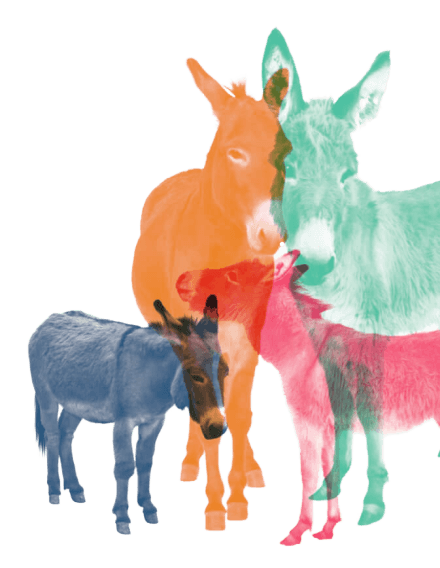
At our zoo we’ve two donkeys - Lenny and Charlie who arrived in June 2011! Lenny and Charlie love to play chase and will run round the field trying to bite each other, it often looks very rough but this is just how donkeys behave! They are wild asses after all!
Adopt a Squirrel!
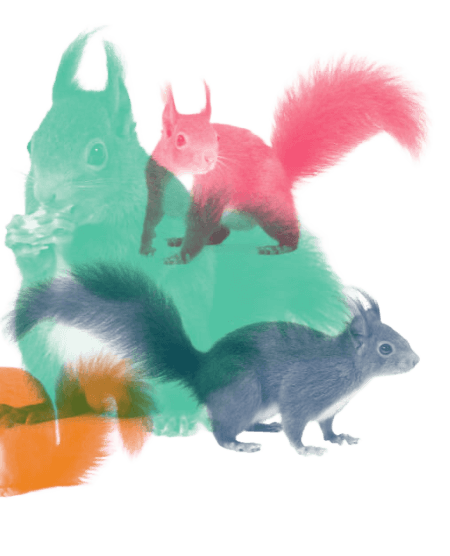
To date 38 kitten have been born at the zoo, five have been released into the wild on the Isle of Anglesey and the remainder have moved to start their own families to Knowsley Safari park, Cotebrook shire horse centre, Dudley zoo, Bolton animal world, British Wildlife centre and the Welsh mountain zoo.

For more information about how Walton Hall and Gardens and Warrington Borough Council use your information, please see our privacy notice.
